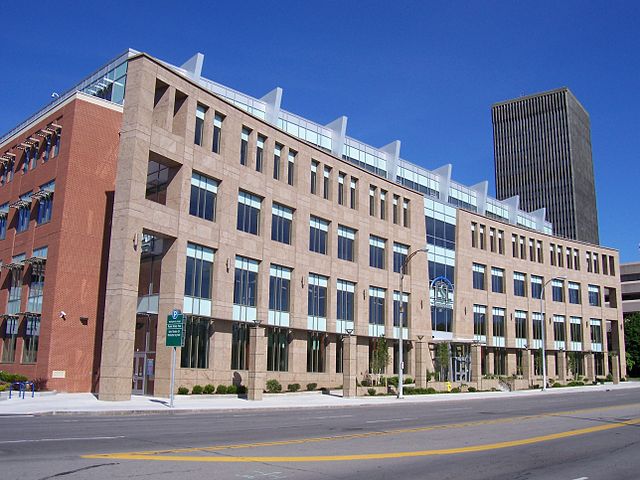Credit unions in the United States
Credit unions in the United States served 100 million members, comprising 43.7% of the economically active population, in 2014. U.S. credit unions are not-for-profit, cooperative, tax-exempt organizations. The clients of the credit unions become partners of the financial institution and their presence focuses in certain neighborhoods because they center their services in one specific community. As of March 2020, the largest American credit union was Navy Federal Credit Union, serving U.S. Department of Defense employees, contractors, and families of servicepeople, with over $125 billion in assets and over 9.1 million members. Total credit union assets in the U.S. reached $1 trillion as of March 2012. Approximately 236,000 people were directly employed by credit unions per data derived from the 2012 National Credit Union Administration (NCUA) Credit Union Directory. As of 2019, there were 5,236 federally insured credit unions with 120.4 million members, and deposits of $1.22 trillion.

RTP Federal Credit Union in Research Triangle Park, North Carolina
ESL Federal Credit Union in Rochester, New York
A credit union is a member-owned nonprofit cooperative financial institution. They may offer financial services equivalent to those of commercial banks, such as share accounts, share draft accounts, credit cards, credit, share term certificates, and online banking. Normally, only a member of a credit union may deposit or borrow money. In several African countries, credit unions are commonly referred to as SACCOs.
A branch of the Coastal Federal Credit Union in Raleigh, North Carolina
Statue in Rača, Bratislava of Samuel Jurkovič, founder of the first cooperative, or credit union, in Central Europe (Spolok Gazdovský)
The directors of the Mulukanoor Women's Thrift Cooperative stand at the entrance to their credit union in Karimnagar district, Telangana, India.
Friedrich Wilhelm Raiffeisen founded the first rural credit unions in Germany.






